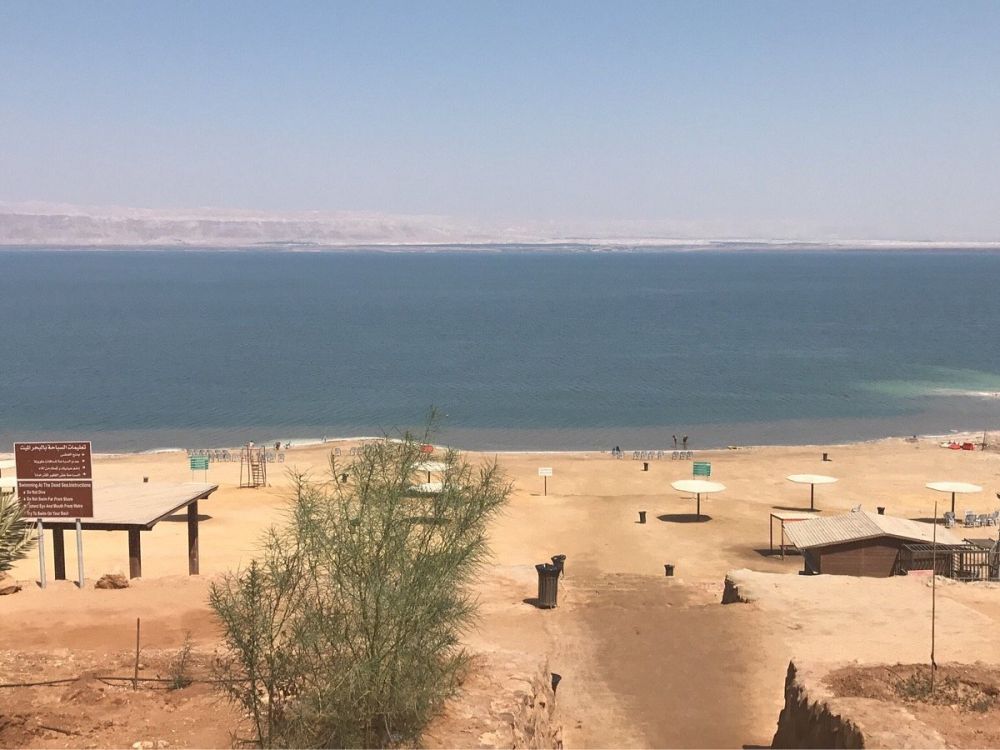

Amman Beach at the Dead Sea in Jordan stands as a serene oasis and a jewel in the crown of Jordan's tourist attractions. This unique natural wonder, famed for its hyper-saline water, mineral-rich mud, and remarkable buoyancy, has drawn visitors from around the world for both its therapeutic attributes and its otherworldly beauty. The history of tourism in the region can be traced to ancient times, but modern tourism truly began to flourish in the late 20th century.
The area around the Dead Sea has been known since antiquity, where it was a place of refuge and spirituality. The therapeutic benefits of its waters and mud were popular among ancient civilizations including the Egyptians, who used the mud in their mummification processes, and the Romans, who constructed baths along its shores.
During the Ottoman Empire, the Dead Sea remained mostly untouched by tourists due to the lack of infrastructure. However, in the late 19th and early 20th century, with the rise of modern Zionism and the British Mandate, the area witnessed an increment in visitors and explorers interested in its historical and religious significance.
It wasn't until the latter part of the 20th century that Jordan heavily invested in tourism, recognizing the Dead Sea's potential as a health and wellness destination. Hotels and resorts began to appear, along with spas that capitalized on the mineral-rich qualities of the waters and mud.
In recent years, tourism at Amman Beach and the Dead Sea has continued to evolve with a focus on sustainable practices and luxury experiences. The Dead Sea Preservation Government was formed to ensure the sustainability of the Dead Sea against challenges such as water depletion and environmental degradation.
Eco-tourism has been gaining traction, with initiatives to protect the fragile ecosystem while offering visitors enlightening experiences. Tourists can enjoy eco-friendly lodges and engage with conservation efforts for a more fulfilling trip.
Another trend is the rise of the wellness tourism
Experiential travel is also on the rise, with visitors looking to immerse themselves in the local culture. Tourists can explore nearby historic sites like Mount Nebo and the Baptism Site of Jesus Christ, or venture into the city of Amman to experience its ancient history and vibrant contemporary culture. The Jordanian government continues to focus on developing the Dead Sea tourism in a way that is both economically beneficial and environmentally sustainable. With initiatives to increase water conservation, promote local businesses, and improve the overall tourist experience, the future of tourism at Amman Beach and the Dead Sea looks bright and promising. Whether visitors are drawn to its curative waters, its Biblical significance, or simply its stunning vistas, the Dead Sea remains an enchanting destination that continues to captivate the hearts of travelers from across the globe.Looking to the Future of Dead Sea Tourism